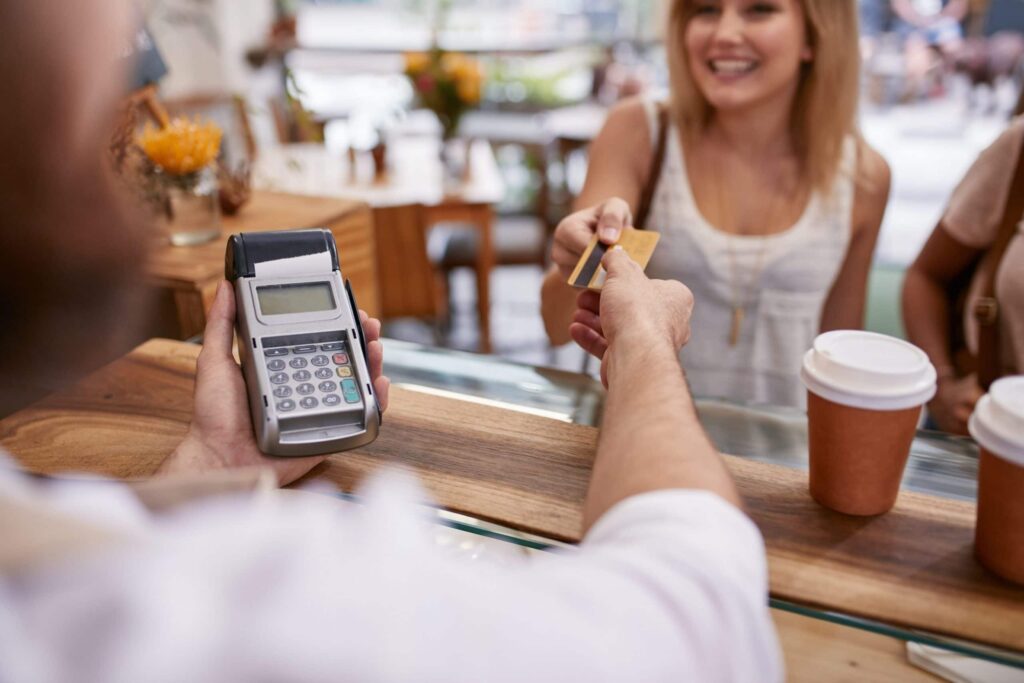Loyalty is a key sales driver for retail stores but many methods of measuring it are ineffective.
Without access to consumer data, it can be difficult to determine whether or not loyalty is a factor in why a consumer chooses to shop at your location. For this reason, mobile loyalty programs are particularly useful in determining what drives shopper behavior.
Mobile loyalty programs are a retail marketing device that allows your company to virtually shop alongside its customers. The data garnered through a consumer’s use of a mobile loyalty program can be used to track shopping behaviors and draw conclusions, allowing retailers to accurately measure how effective their mobile program is.
There are more than a few ways to measure the impact of a program on sales and market share, but unless your company is looking at underlying customer behavior, you’re not going to get the whole picture. The true impact of a loyalty program on a retail store is, at the core, about the ability to break down consumer data into useable takeaways that drive future successful marketing decisions. Understanding your customers is the key to measuring the effectiveness of a loyalty program in the age of mobile-assisted, in-store shopping.
What Numbers Matter When Measuring the Effectiveness of Custom Loyalty Programs
A very basic way that a marketing manager might measure the results of a loyalty program is to simply compare the sales attributed to members against the sales of non-members, then determine if there are higher sales numbers for the loyalty program members. In theory, these results would seem to imply that your store has implemented a high-performing loyalty program. However, correct attribution is missing from this equation. Is the loyalty program what drives those members to be loyal, or were the members already loyal shoppers at your store and simply using the program to get rewarded for their loyalty?
The key to measuring a loyalty program, then, must be focused on the ‘but for’ approach. But for the loyalty program, would these members still generate the same amount of revenue? For that answer, you need to create a better attribution model.
Attribution is a way of determining which of your marketing routes are responsible for your sales. Some common attribution models include:

- First Interaction Model: This model attributes the credit for the sale to the first interaction the customer had with the company. So, if the first point of contact was the website, the website gets credit. If they first learned of the store through a television commercial, the commercial gets credit. However, for the purposes of measuring the effectiveness of loyalty programs, this model doesn’t work as loyalty programs are very rarely going to be someone’s first interaction with a retail store.
- Last Interaction Model: In the last interaction attribution model, the company gives 100% of the credit for a sale to the last channel the customer came in contact with before the sale was made. This happens commonly in loyalty programs; because the customer uses their loyalty membership, the sale is attributed to that program. However, that’s not always an accurate measurement, either, as it doesn’t take into account customers who chose to sign up for the program while making a purchase they would have made regardless.
- Multi-Touch Model: The multi-touch attribution model considers all of the avenues that led a customer to make a purchase. If a customer searched for a specific item on a search engine, wound up at a company website, saw they could get a deal with a loyalty program, then signed up and made a purchase, all of those steps would be considered as contributing to the ultimate sale. Specifically, the search results, the website, and the loyalty program would each gain a portion of the credit for that sale. This attribution model, while effective, requires a significant amount of data, which is why mobile rewards programs can most effectively be measured using this model.
Retailers cannot simply compare average dollars spent by members against non-members. About 82% of consumers say they are loyal to a specific retailer, absent a program. That means that at least some of those dollars are a result of pre-existing loyalty and not the program itself. In determining the impact of a loyalty program, it’s best to use the multi-touch method. This method is one which works best with mobile rewards programs as they provide real-time tracking. This mobile data essentially allows you to see how the loyalty program funnels customers into your store, while at the same time giving credit to other sources involved.
How to Properly Measure Loyalty Program Effectiveness
Not all sales around the time of an interaction with a loyalty program are necessarily a result of that loyalty program. Consider the case of someone in line buying an item who then joins a loyalty program at the time of sale. Clearly, the loyalty program is not what drove the sale, but if you simply look at it from an average dollar spent per member point of view, those figures are going to become part of your data.
To truly determine the effectiveness of a mobile loyalty program based on proximity marketing, you’ll want to consider a combination of:
- Time decay: The time decay method of attribution gives more weight to actions which occur closest to a sale. So, if a consumer opens the loyalty program on their phone and then makes a purchase moments later, it’s likely that the loyalty program heavily impacted their decision to make a purchase. If they opened the program and then made a purchase a month later, it’s less likely that program drove them to make a purchase.
- Location: The location of where the individual uses the program can also tell you how impactful it is. If an individual opens the program via a mobile smartphone app in a retail store, and then makes a purchase, that means that the loyalty program was likely responsible. The proximity matters as the opening of the loyalty program and decision to purchase show that the program acted as a deciding factor in that in-store sale.
- Reward redemption: One sometimes overlooked element of determining whether or not the loyalty program made an impact on a sale is monitoring if the consumer actually uses the rewards that they gain. If the consumer simply collects points from the loyalty program passively but never redeems them, then the use of the loyalty program is incidental. It did not drive the consumer’s desire to purchase one way or another. However, if they actively use the points to purchase items, the value of any additional items they purchase while redeeming those point should be considered. For example, if someone uses points to get a free coffee, then also purchases a donut, the donut purchase would be considered a direct result of the loyalty program. If the didn’t have points to use, they may not have been in the store and bought the donut.
It’s not enough to compare your non-member to member sales numbers when determining if a loyalty program is effective. Instead, it’s the use of real-time data that will have the most impact on generating accurate calculations. That’s why it’s important to implement a mobile program that allows consumers to interact with the program in-store. The most valuable mobile data comes from those few moments before purchase. Those moments will tell you if the loyalty program is driving customer purchases or if the purchase would have happened regardless.
Third-party mobile shopping apps can be leveraged as a powerful aspect of your overall mobile marketing strategy. These apps, functioning as rewards programs, permit you to gain consumer behavior data by following the buyer’s purchase journey. This allows you to properly attribute the credit for a sale so you can determine if loyalty is driving your sales, or if other avenues, like video campaigns, social media interactions, or in-store events, are ultimately responsible. They provide the real-time data you need to make highly successful future mobile marketing decisions.
Shopkick offers a data-rich mobile platform for retail stores looking to strategically build their market share and increase foot traffic via proximity marketing. For more information on how to partner with our platform, contact the Shopkick team today.
Image courtesy JacobLund





